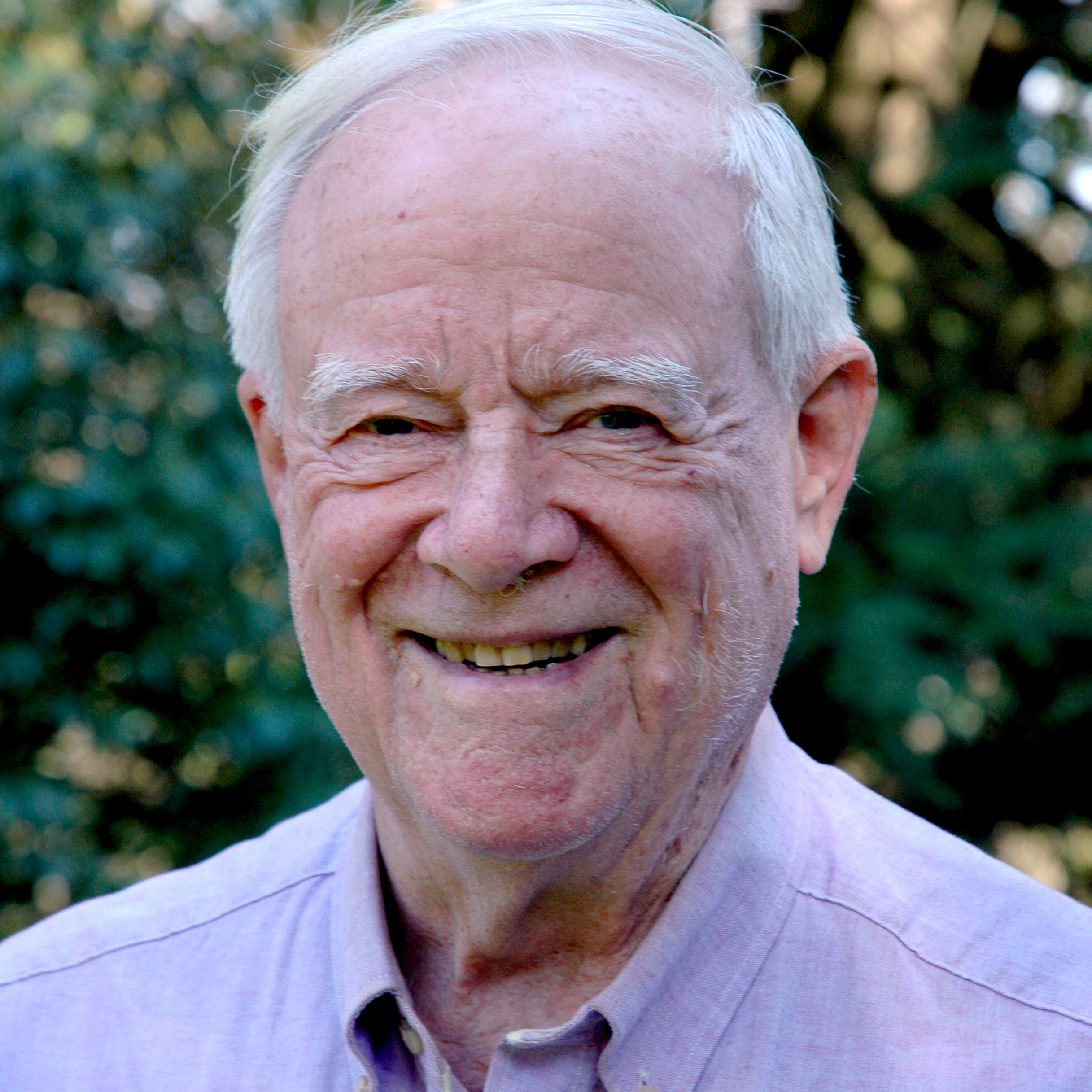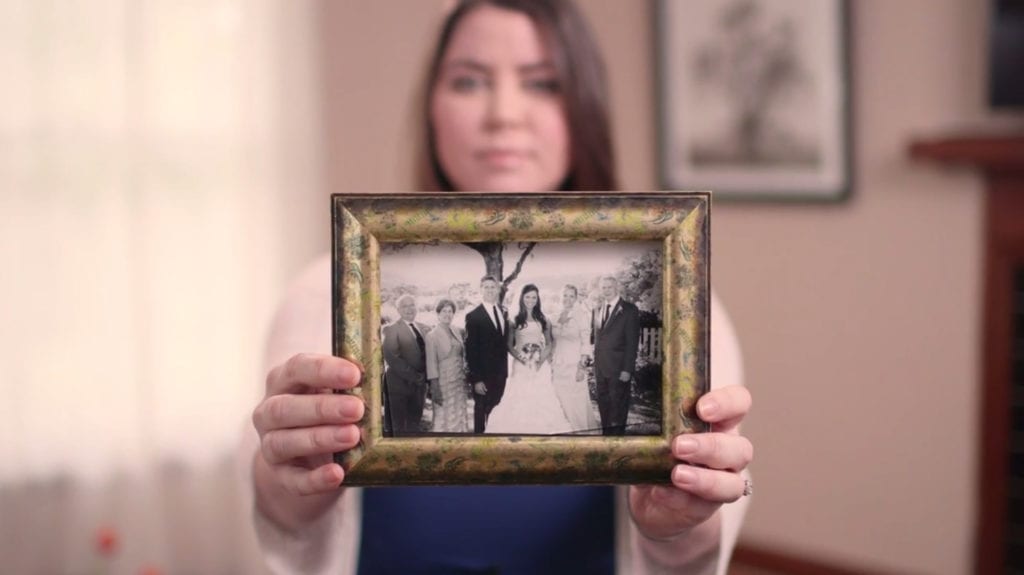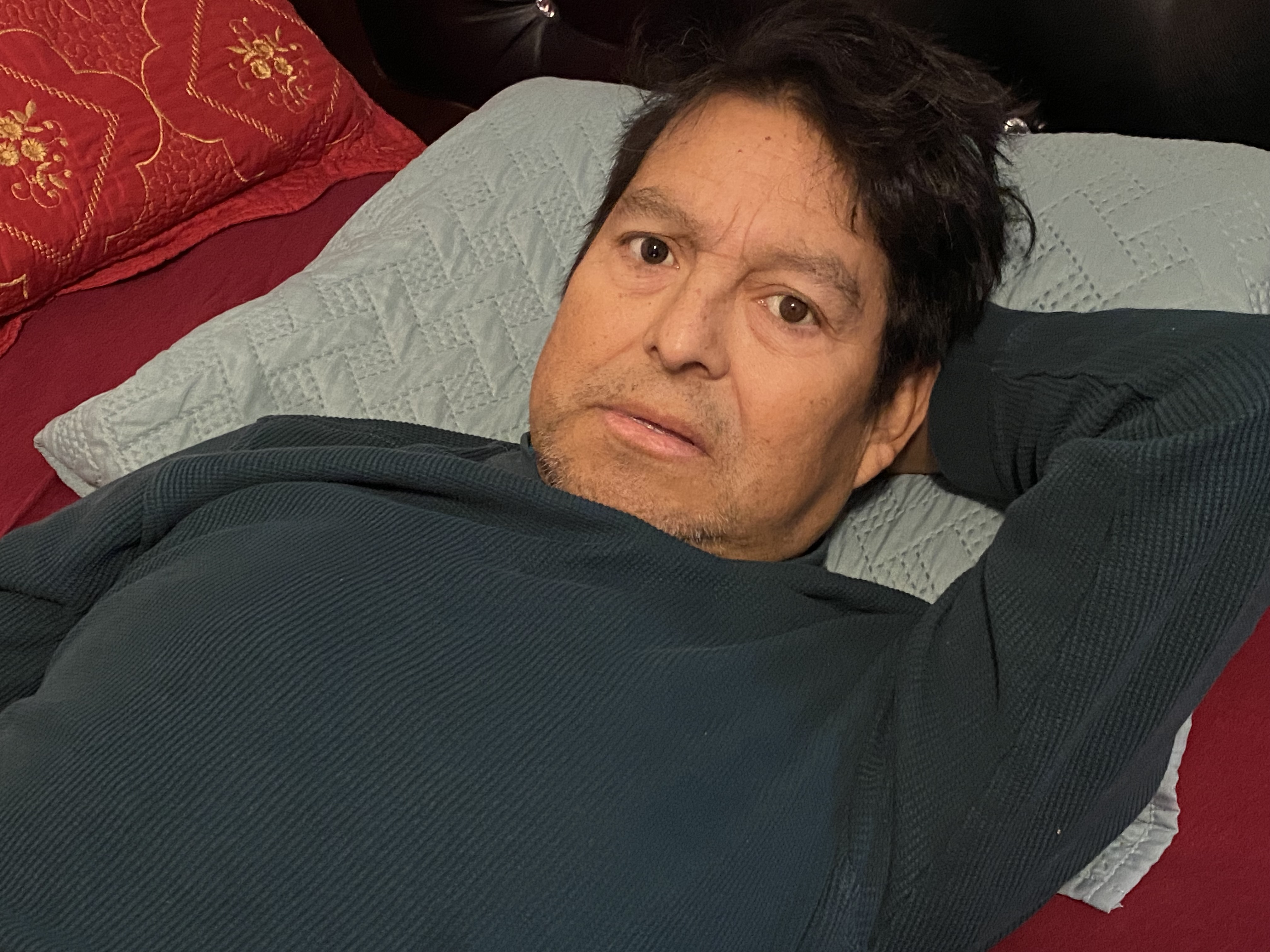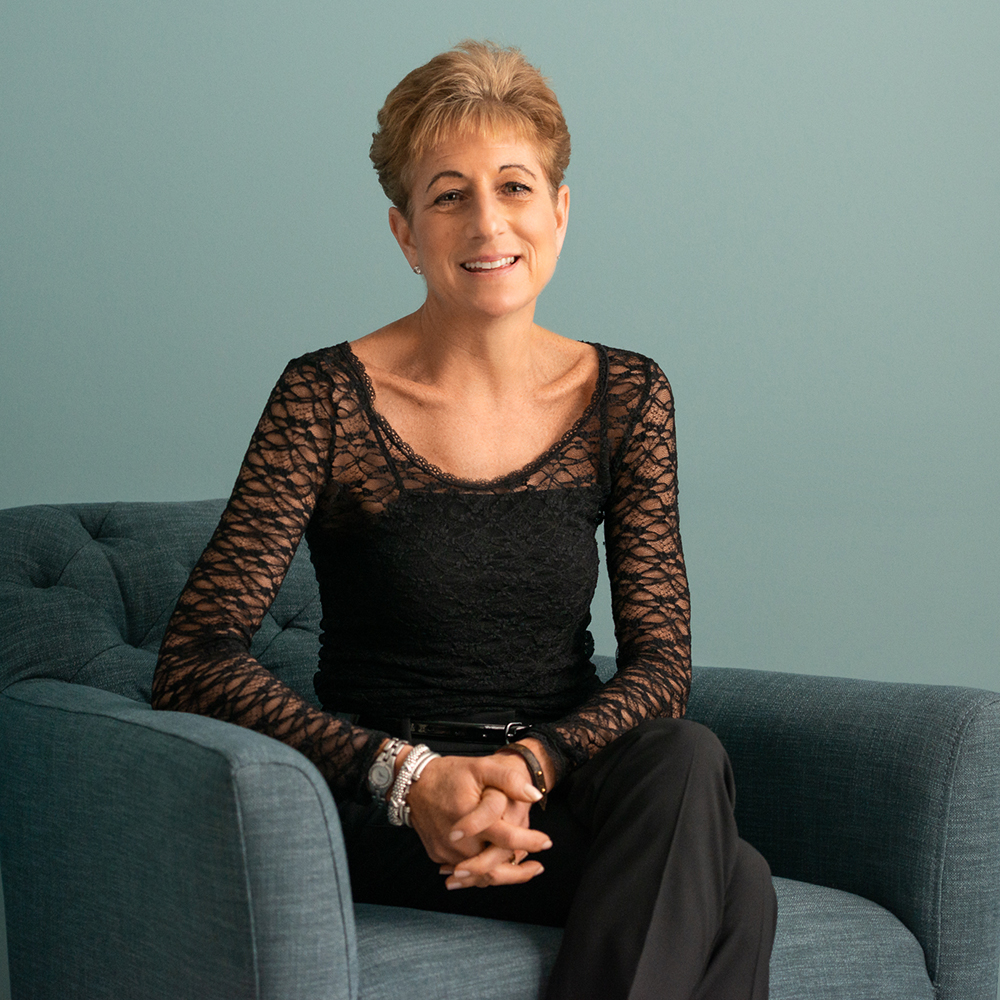Grant Grissom shared his story in March of 2023.
My wife had no fear of death, but feared suffering a prolonged, painful death. I promised that I would not let that happen, that if there was no realistic hope for survival and her pain could not be controlled, I would arrange to end her life.
Gay was always active and in perfect health her whole life, but in 2011 at the age of 69 her memory became strongly affected. Her own mother had suffered with Alzheimer’s for 13 years, and living with dementia was Gay’s greatest fear. We decided to seek medical attention after Gay started getting lost every time she got further than just a couple of blocks from our home, even though we had lived in the same house for 20 years.
In July she was diagnosed with glioblastoma – brain cancer.
When we first met with the oncologist Gay was crying, and the oncologist said to her, “You have a really serious condition. Don’t be afraid to cry.” Gay replied that it had nothing to do with her condition, “I’ve been a therapist for 37 years, and I’ve spent my last week telling my clients that I won’t be able to be their therapist anymore, and it’s very hard. In terms of my condition, I have no loose ends.” Gay was the kind of person who made sure that all of her relationships, to the extent that she could control (and she was good at doing it), were in good shape. She didn’t have any unresolved conflicts.
She derived meaning from her relationships. She had a unique bond with people, and was deeply grateful for the love and caring of her family and friends and also for the clients who gave her the privilege of sharing their lives. She was a wonderful human being in every way, and her ability to connect was one of her strongest gifts, but that talent became severely limited after she had a seizure in August.
Up until the time of the seizure, Gay remained fully herself — enjoying life and connecting with loved ones. After the seizure, she was only oriented and lucid for a few hours a day, usually in the morning. No longer could she relate to anybody beyond the hours that she was alert.
Had I known then what I know now we would have never agreed to a biopsy. Only afterward did I find out that anything invasive involving the brain, including biopsies, increases the risk of seizures. Her condition was always going to be fatal. There was no cure, and there was no slowing the aggressive cancer.
Knowing she wouldn’t survive from the glioblastoma, I became very worried about making good on my promise to ensure Gay would not experience prolonged suffering. I knew that hospice is very good at dealing with suffering; however, I also knew that they’re not always successful at managing terminal suffering despite their best efforts. The promise I had made to Gay years prior, after watching a close friend endure an agonizingly painful death, brought so much relief to Gay as she thought about what she may one day face herself. I was beside myself wondering what I would do. My thought back then was that I would ask a close personal friend, a physician, to prescribe something to kill her. Only when I felt my back up against the wall did I realize that I couldn’t make that request. I couldn’t ask a friend to commit a crime that could land them in prison.
In the fall, Gay’s condition continued to deteriorate, and hospice became involved. They provided us with terrific support and medications to manage Gay’s pain and other symptoms. They directed us not to call 911, because they would be required to resuscitate Gay. Instead, they told us to reach out to them at any hour and that someone would always be available who would be aware of Gay’s situation and provide help. I only had to call one time, at 3 a.m., but just as promised the person who picked up was able to advise on how to manage the situation.
One rare evening when Gay was lucid, our daughter Merry asked, “Mom, do you think you’re dying?” Gay replied like a good therapist, “I’m so glad you asked that. That’s a serious question. What do you think?” Merry said “I don’t know. If you are, I want to make it as easy for you as I can, but if you’re not ready, I want to know so I can make you fight to stay.” Gay responded, “Oh, Mer, that’s the nicest thing. I think we should write it down.”
Gay could no longer write anything, and within a few seconds she was unconscious again. That conversation said to me that it isn’t just the person who is dying who is in the mix here. It is also family and close friends; everyone is affected by what happens during this important period that we must all go through.
On Thanksgiving Day 2011, our whole family was together, and Gay was alert for a couple of hours and able to enjoy her family’s company. Next to her bed as Gay slept, our granddaughters speculated what animal she would be if she came back to life. They went through cats, dogs, otters and other friendly animals, and they decided upon an eagle because eagles are beautiful and strong. Our oldest granddaughter, who was 8 years old at the time, said Gay would need to be a vegetarian eagle because her grandmother would never want to hurt anything. We spent a marvelous day together, and Gay passed away that evening, surrounded by love.
Fortunately our problem was resolved because hospice did an excellent job controlling Gay’s pain. But others may not be that lucky. The constant worry was monumental and one of the reasons I became interested in Compassion & Choices. I realized then the need for options that allow people to take control of their dying process and avoid unnecessary suffering.
I respect that some people do not support the option of medical aid in dying for themselves but urge them to find somewhere in their heart that says my neighbor who is suffering should be empowered and allowed legally to determine whether or not they want to continue their suffering when there is no hope of survival. When there is no real quality of life commensurate with the amount of suffering one is experiencing at the end of life, there is no benefit in forcing terminally ill people to keep going.






